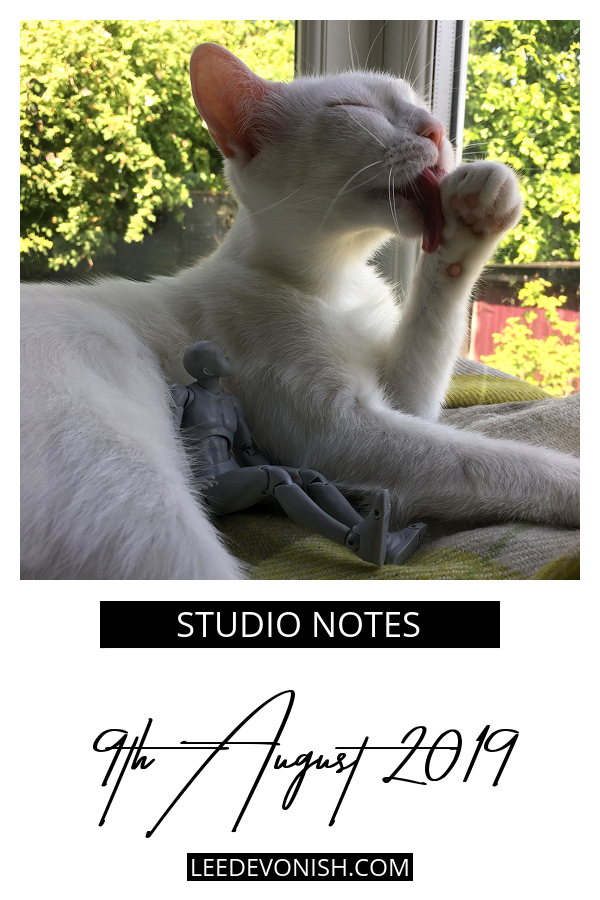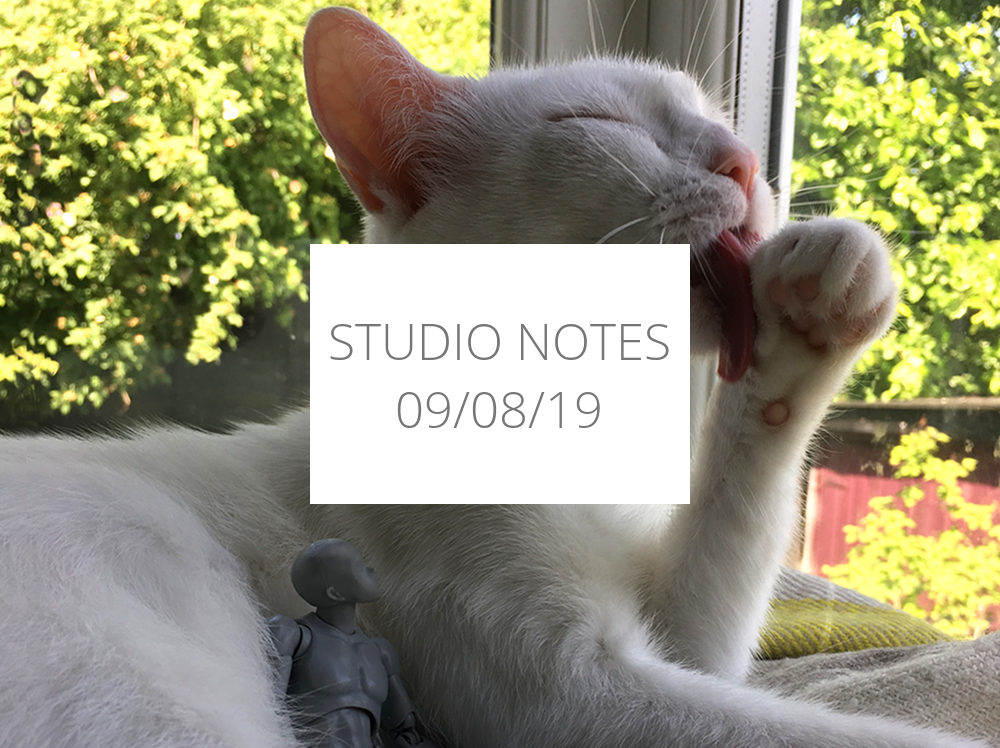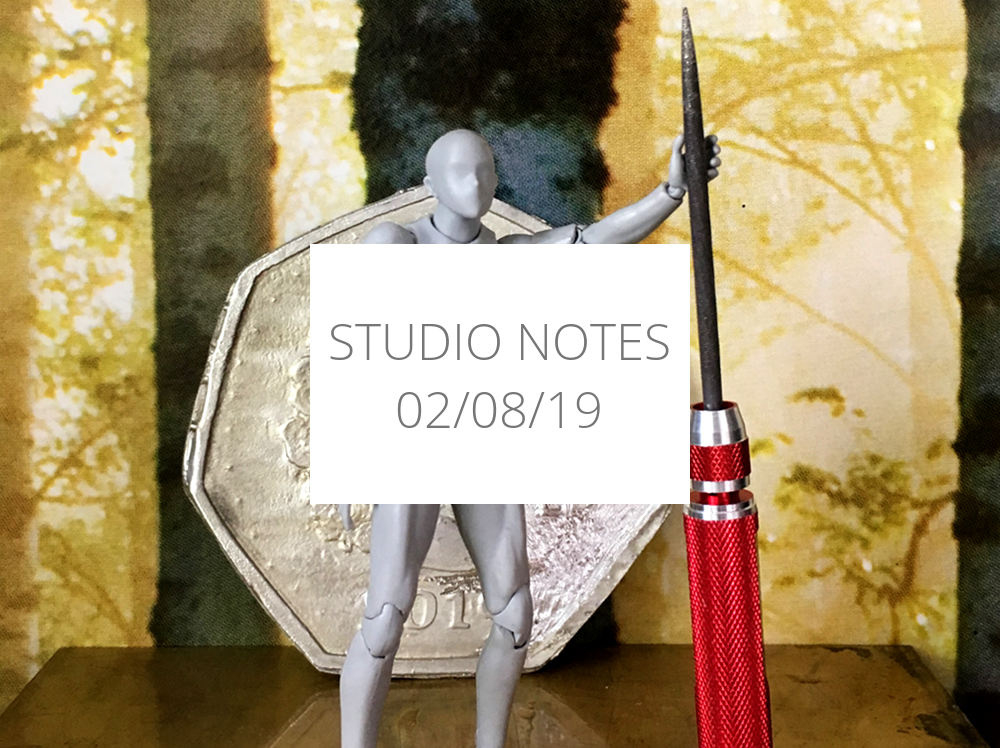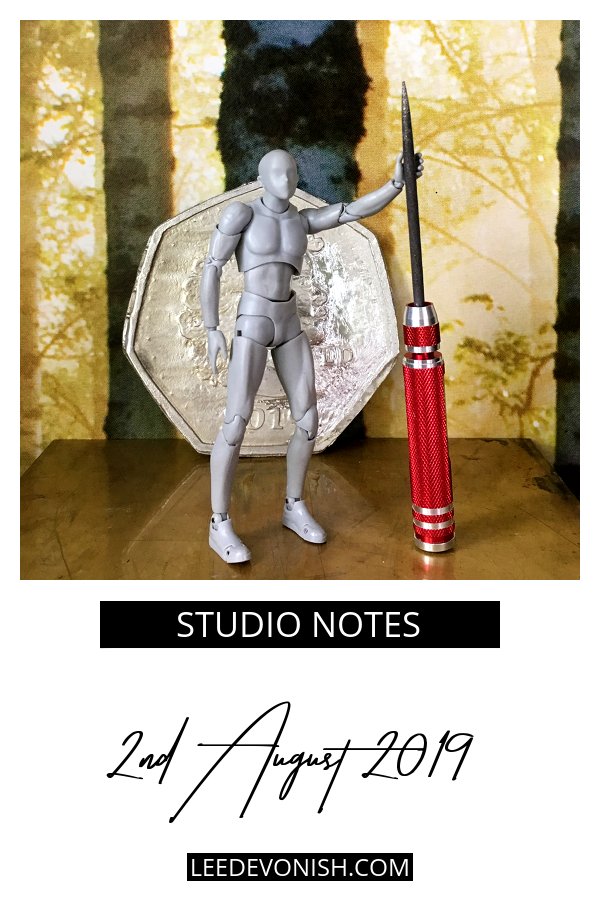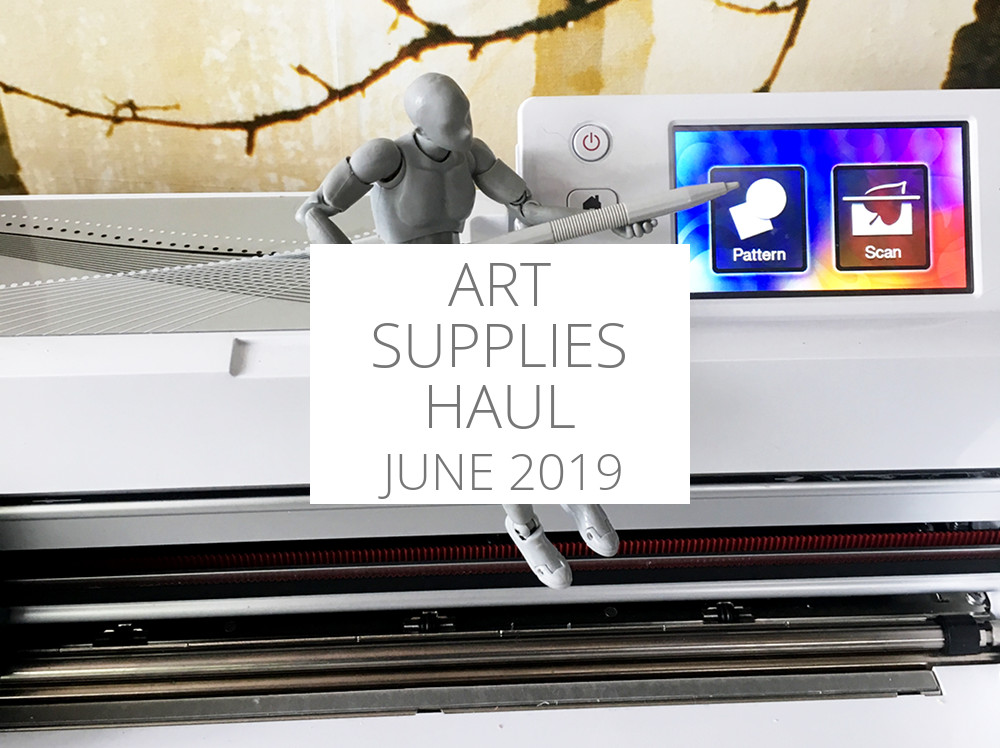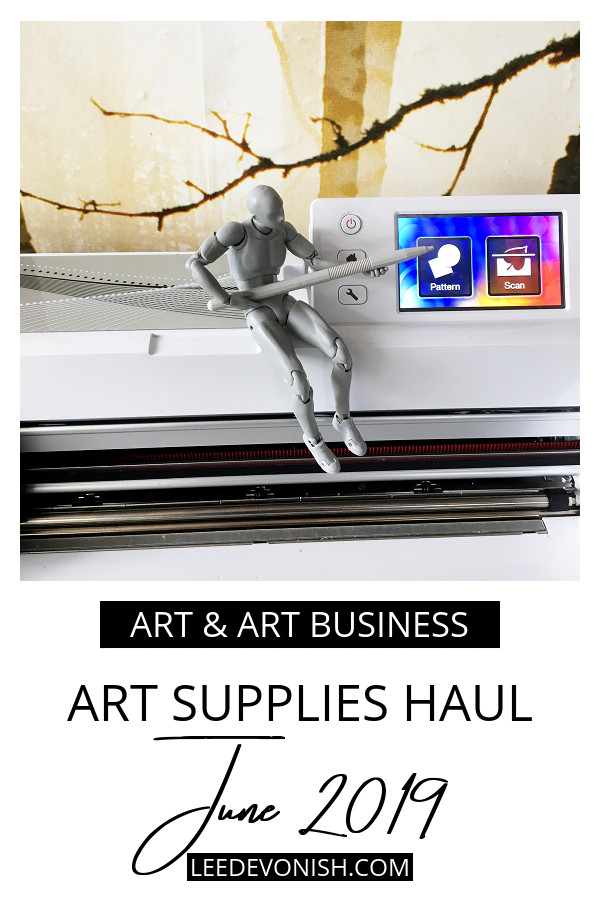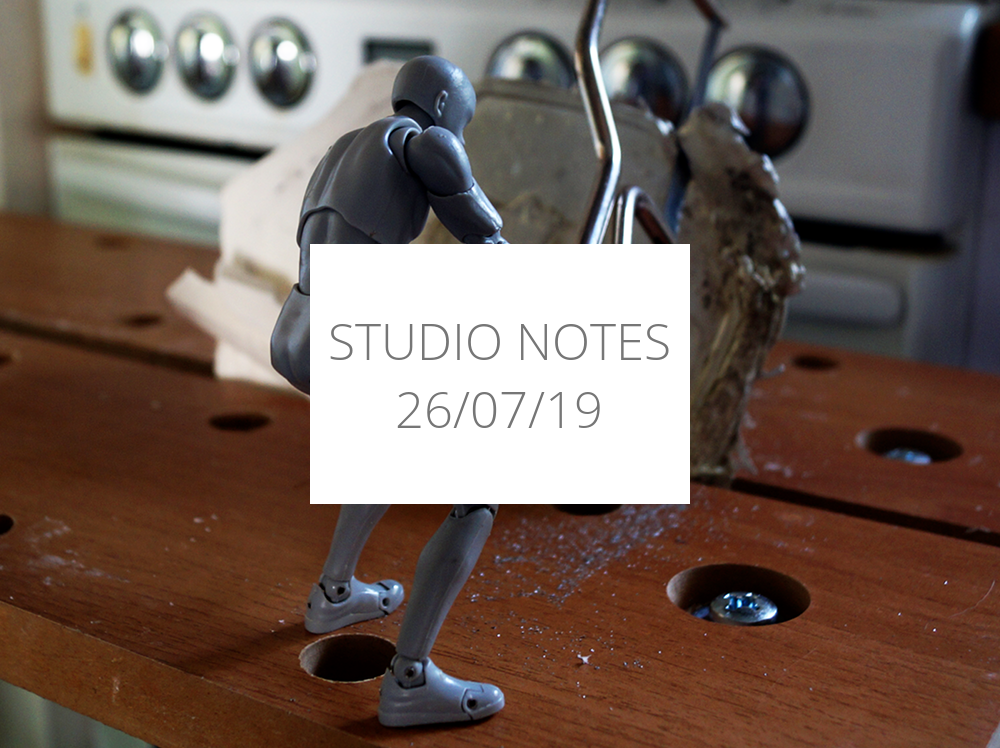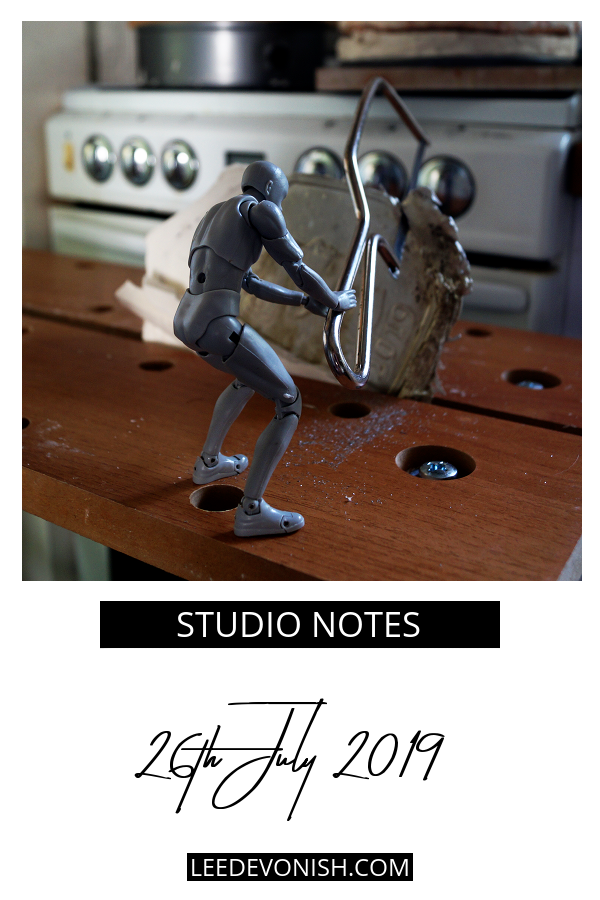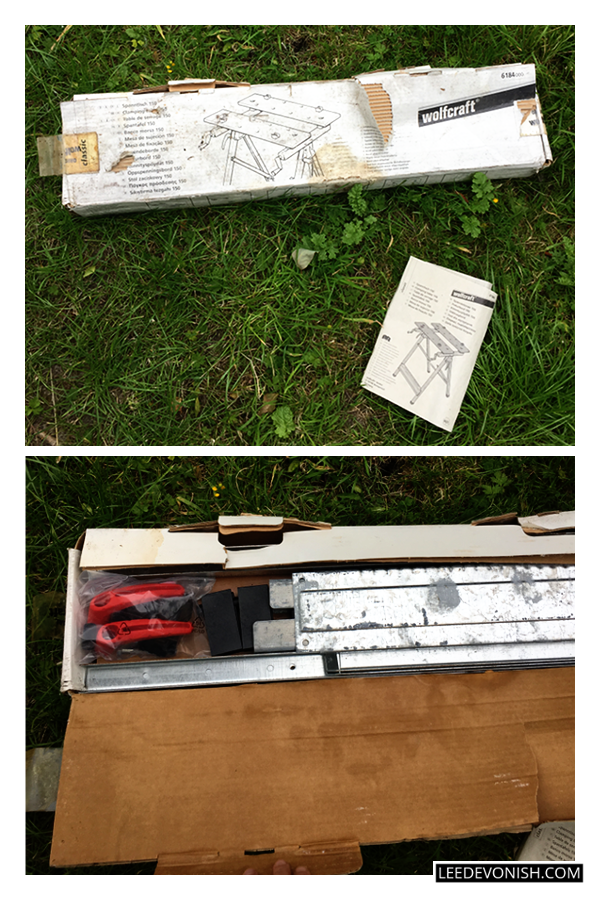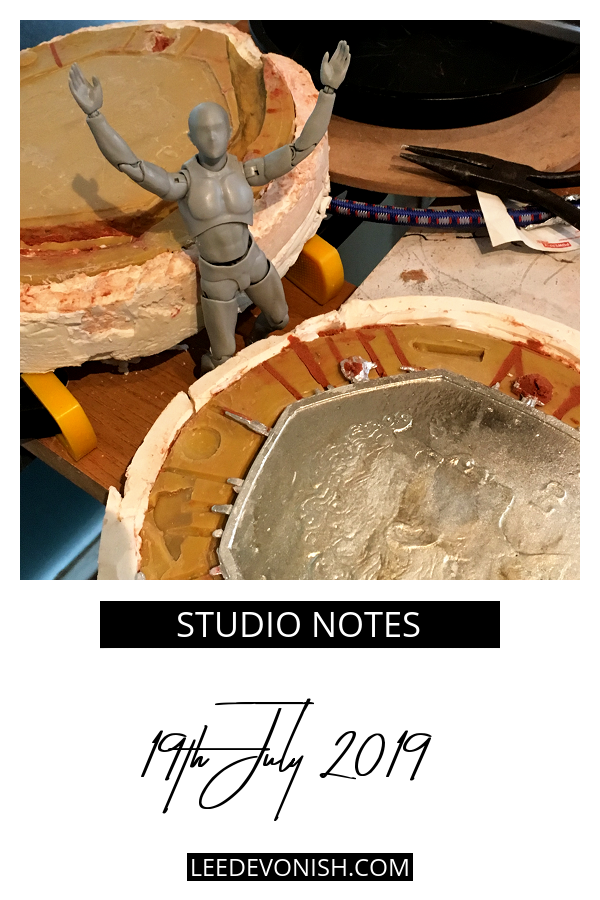This post contains affiliate links, marked with an *
When I think about writing up my creative activities for this blog, it’s always focused on the visual art side, because that’s how I mainly see myself.
When I talk about my writing here, it’s always focused on the creative writing or maybe critical essays, and even when I mention the journals I’ve published so far I don’t link to them because they belong in a non-art genre.
But this week my other writing career got a major shot in the arm, and took me off on the crest of a wave that’ll probably last for at least another week and pay off hugely for a long time to come. So far this week I have:
- Switched email newsletter providers
- Created email autoresponders and new embedded forms and pop-ups
- Designed several new pin templates in GIMP
- Signed up for Tailwind*
- Bought a Socialbee lifetime subscription through AppSumo*
- Joined several new affiliate programs
- Refreshed and re-published several older articles
Often whilst balancing a cat on my lap. Oh, and I’ve experimented with copper-leafing a pair of shoes. Seriously.
What kicked it off?
Not entirely sure. Something started it – my guess would be finally committing to pay for Tailwind and accepting that I’d have to make some better images to make that investment worthwhile – and then I realised how very out-of-date a lot of my articles were, and how much better my entire publishing business could be if I just woke up and pulled my finger out.
Sometimes you just get into a rut with a creative business, and there’s nothing like parting with some money to create enough pain to snap you back into action!
So my big blog will get the benefit first, and then I’ll overhaul this one once that’s ticking over.
Copper leaf on shoes?
Well, it doesn’t hurt to try. I have a cat who particularly likes new shoes… he specifically likes to scratch them to bits.
I thought I might as well have a go at rescuing a pair that fell victim to his claws. Of course, being an art materials hoarder, I had one single sheet of metal leaf left from a sculpture I made in 2003, and the little bottle of leaf size to go with it.
Will it look good? That’s subjective, and high fashion doesn’t usually mind looking dreadful, if we’re telling the truth.
Will it stick? Now that’s something I’ll have to answer after the weekend.
